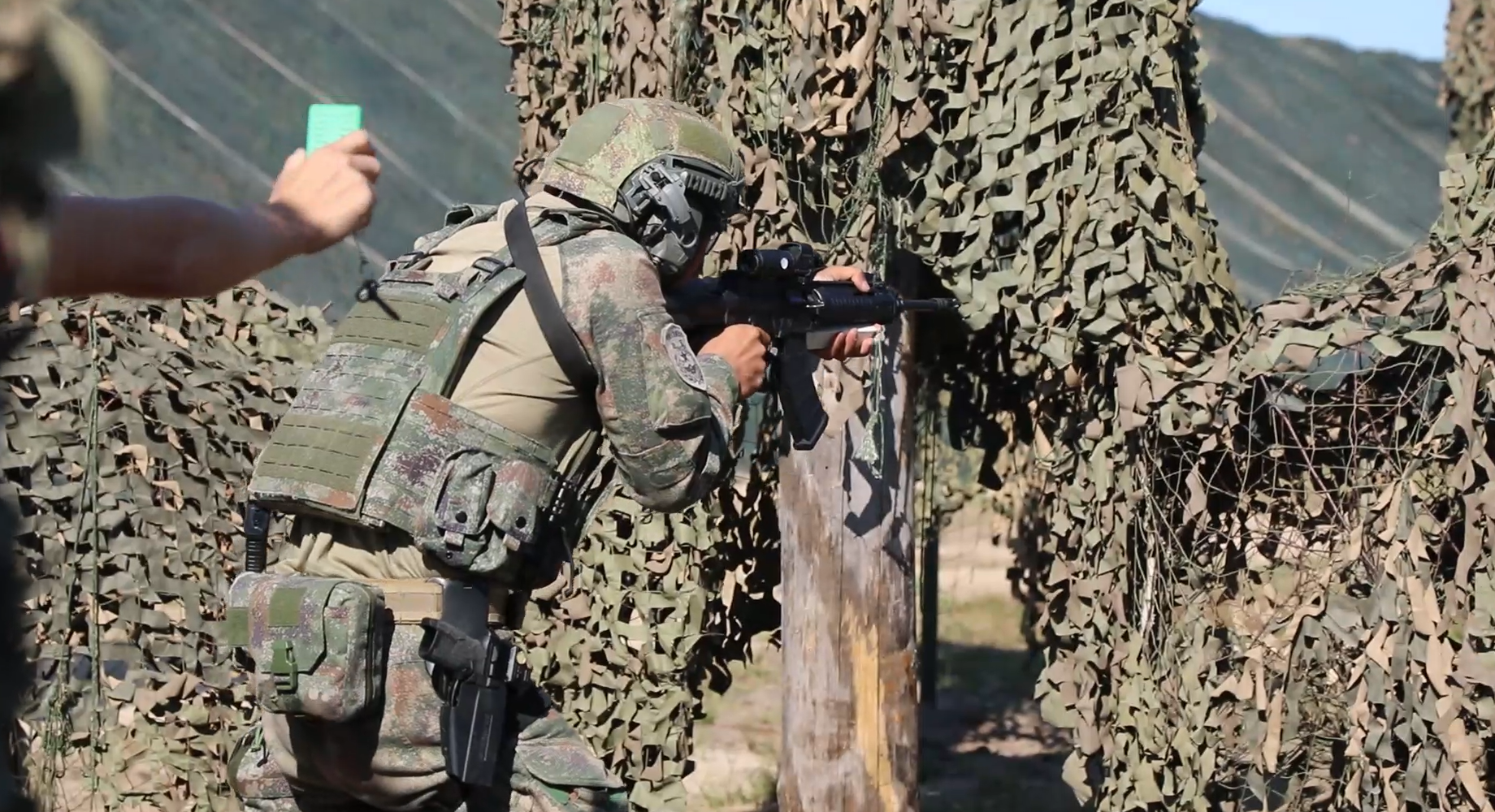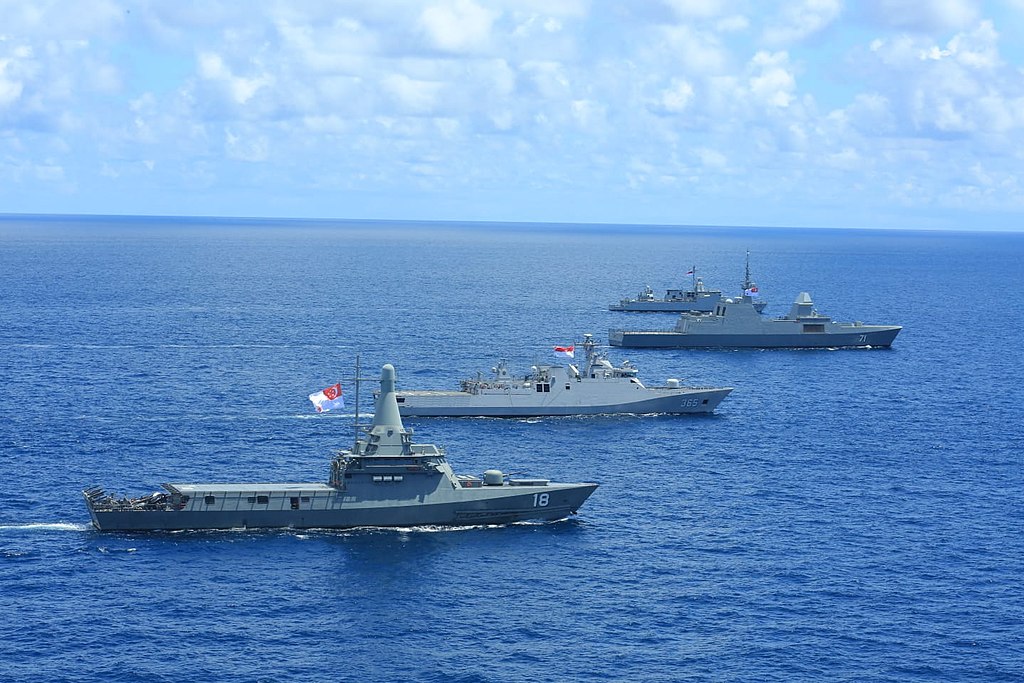“Chairman Xi Jinping issued a mobilization order to the entire armed forces to begin training in the new year, clearly requiring that “[troops] comprehensively advance the transformation and upgrade of military training, resulting in elite forces capable of fighting and winning.”
The accompanying article published by the Central Military Commission’s (CMC) official newspaper Jiefangjun Bao is a possible indication of a heightened level of urgency and war preparedness in China. The article discusses a training competition that the 82nd Group Army held in early 2022, with higher requirements and more rigorous standards. This marks the fifth year in a row that President Xi Jinping, Chairman of the CMC, has issued a mobilization order to kick off military training. These exercises have become more refined and high tech, adding cutting-edge technologies such as big data, unmanned aerial vehicles (UAVs), and artificial intelligence on the frontline of training. They have introduced advanced simulators, including bio-simulation and virtual reality technologies, which simulate various types of combat injuries, creating a more realistic combat scenario.
According to Jiefangjun Bao, participants broke 16 training records during the competition. The article attributes some of the records to new processes, technologies, and equipment, such as new command-and-control equipment that has been in service for just over a year. A system of rewards and punishment, meant to increase the soldiers’ level of confidence and motivation, is also in place. While the article focuses on the specific exercise of only one group army, it describes the training activities as “a microcosm of troops from the entire armed forces obeying Chairman Xi’s orders and focusing on military training.”
Source:
Geng Tao and Zhou Yuan, “第82集团军某旅群众性练兵比武拉开新年度训练序幕——奖牌之争折射训练之变 (Mass Training and Competition Held by 82nd Group Army Brigade Kicks off the New Year of Training),” Jiefangjun Bao (People’s Liberation Army Daily. The official newspaper of the Central Military Commission), 20 January 2022. https://www.81.cn/sydbt/2022-01/20/content_10124683.htm
At the beginning of the new year, Chairman Xi issued a mobilization order to the entire armed forces to begin training in the new year, clearly requiring that “[troops] comprehensively advance the transformation and upgrade of military training, resulting in elite forces capable of fighting and winning.” This was the fifth year in a row that Chairman Xi has issued a mobilization order to kick off training, sounding a contemporary bugle call for troop training and war preparedness, and undoubtedly advancing the military training of our armed forces toward a new stage of all-round transformation and overall improvement. The gratifying scene that took place on the competition ground of a certain brigade of the 82nd Group Army was a microcosm of troops from the entire armed forces obeying Chairman Xi’s orders and focusing on military training. At a new starting point in the new year, units throughout the armed forces must use higher requirements and more rigorous standards to continue to set in motion a wave of enthusiasm for combat-realistic military training, and greet the opening of the 19th Party Congress with high spirits and first-rate training results.
On the competition ground, while operating a new command and control equipment that had been in service for only a little over a year, Staff Sergeant Xie Kun was the first to complete the subject [of competition] and set a new record. Faced with multiple obstacles, heavy equipment transport vehicle driver Zhao Pengcheng drove the vehicle with speed and broke the training record that had been maintained at the brigade for many years… At the beginning of the new year, a certain brigade of the 82nd Group Army held a mass training and skills competition, unfurling the curtain on the new year’s training. One after another, officers and soldiers broke 16 training records of the brigade.
… The combat-realistic level of the units’ training has been constantly rising. Many gratifying changes were taking place on the training ground.
… Last year, the brigade introduced bio-simulation and virtual reality technologies to simulate various types of combat injuries, making battlefield rescue training more closely adhere to actual combat.
… the brigade took the initiative to apply cutting-edge technologies such as big data, UAVs, and artificial intelligence on the frontlines of training. It upgraded and rebuilt eight new-type training fields, set up terminals for military vocational education and study, and established multiple types of high-tech training facilities that adhere closely to [the requirements of] actual combat. Multiple training courses on dangerous and difficult subjects can be carried out in all weather conditions and in high efficiency.
… This brigade focused on training and combat readiness to establish a reward and punishment mechanism. More than 90 percent of the meritorious service indicators were used for military training, allowing training elites to be commended and to receive rewards. This [mechanism] motivated officers and soldiers to actively exert efforts to fight and win on the battlefield. Since its establishment, the brigade has participated in various types of military skills competitions organized by the higher-ups and won 38 first place awards.




